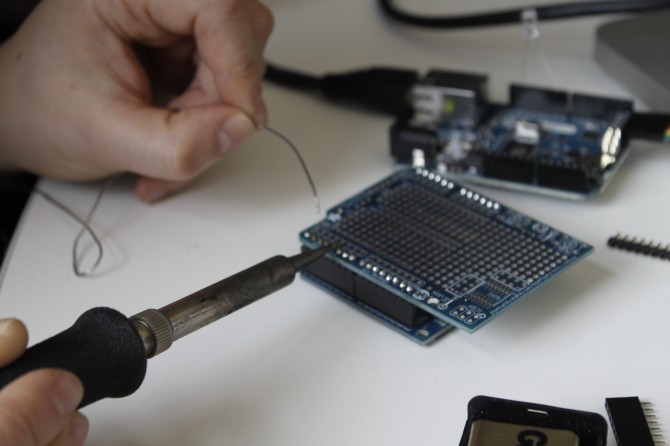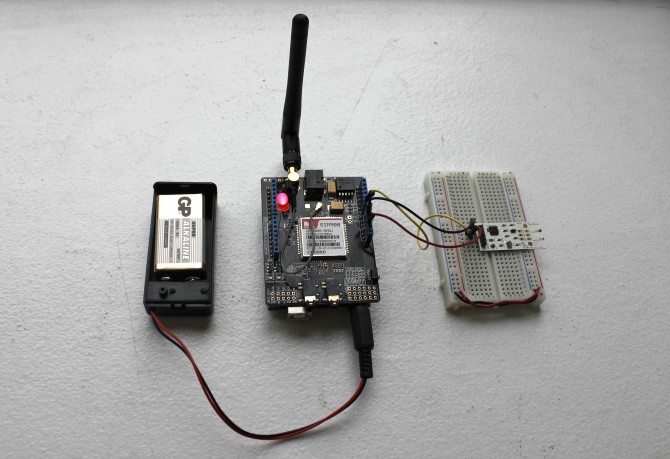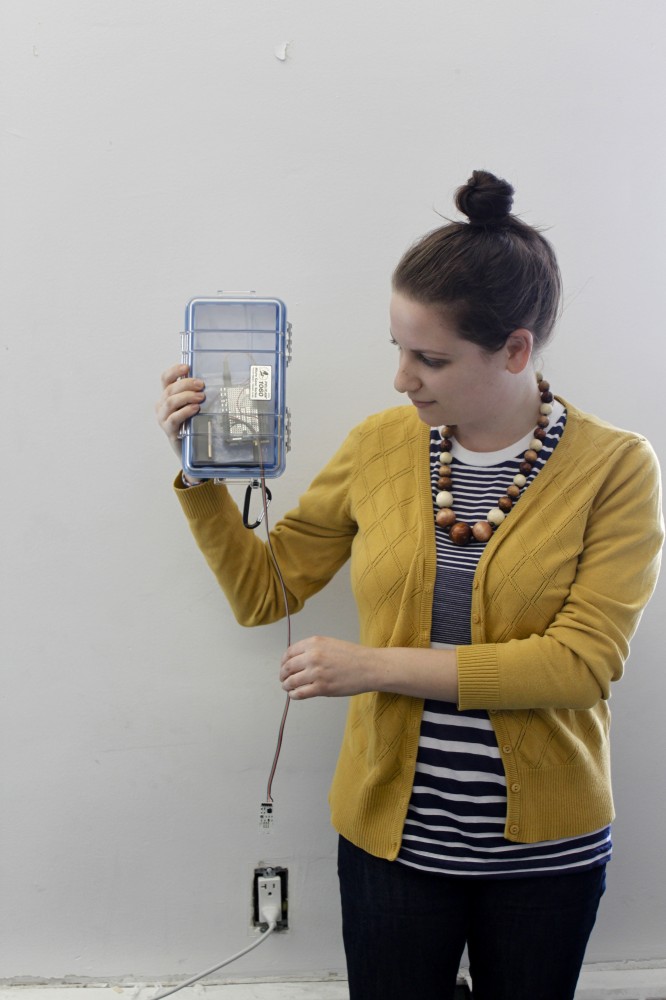This project was made for collaborative course between Parsons and Cosm, with support from Intel. In the course, we learned about connected objects, smart cities, and embedded sensors that contribute to a growing “Internet of Things.” Our semester-long assignment was to design and build a project that fell within this domain.
Our group idenfied a problem that we attempted to solve through internet-connected objects: in New York City, there is no notification or mapping system that shows the location of any given subway train in real time. There are only schedules, which are reliably inaccurate. As students running around the city to various classes and appointments, we are well-aware that arriving at the subway platform seconds late could put ones actual commute 10-15 minutes behind, depending on how often the trains are running and other environmental factors that affect their schedules. Being able to know where a subway train actually is either before leaving the house or on the way to the station could be incredibly useful.
How could we liberate this data accurately? Without access to MTA train tracking information or the ability to stick devices to trains, how could we communicate a train’s location from an underground internet dead-zone to an above-ground network?
Our solution was to devise a sensor that could live above ground but detect trains below. As trains push through the tunnels, they create a strong wind that blows up through grates in the sidewalk. We used this characteristic as the way to identify the present of a train. By rigging a wind sensor to an Arduino that continually checked for a change in wind force, we were able to capture train location data and send it to the cloud.
By aggregating this information in a Cosm feed, we could to use it to control a remote signal. We connected an LED to an Arduino that monitored our feed and turned on or off based on the information it pulled down from the website.
Here are some details on how our sensor worked:
Soldering the permanent sensor:
Temporary sensor/Arduino set-up for testing:
LED signal:
Final contraption:
(The wind sensor hangs on a long cord so it can dangle down into the subway grate. This is important, so it doesn’t accidentally pick up any above-ground wind.)
As we worked on this project, we realized that the data our sensor was collecting wasn’t going to be accurate enough to solve our initial problem. We were detecting trains as they moved in between stations, and due to the delays in sending and receiving data wirelessly, would couldn’t rely on our sensor to be the complete solution.
Despite this fact, we are excited by the things that ‘Sup Way does do well:
- It allows for individual citizens can engage with their city on a small-scale, personal level
- It’s an example of true data liberation: our LED signal is accessible to anyone in the city who can see; it’s not reserved for people with smartphones or internet access.
- It’s scalable: multiple ‘Sup Way users in the network contribute to a richer set of data.
We plan to iterate on ‘Sup Way and are excited to continue our collaboration with Sensemake.rs.








